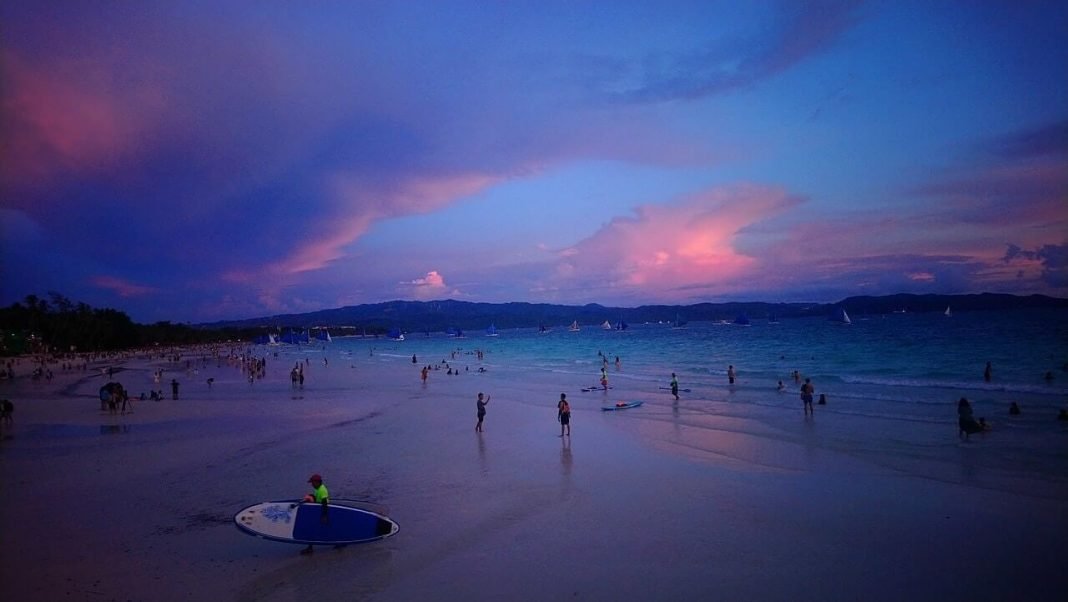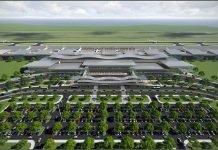MANILA — The popular promotional slogan, It’s More Fun in the Philippines, is given a deeper, refreshed sense through the Duterte administration’s push for sustainable tourism to attract more tourists while protecting the country’s natural wonders.
Sustainable tourism is all about human assets and protecting the environment, and these are translated well with the recent makeover and rehabilitation of Boracay Island, drawing more interest to the Philippines as a staunch advocate of preserving a destination’s pristine condition.
Boracay’s six-month closure didn’t negatively affect the overall tourism industry of the Philippines. In fact, the Department of Tourism even reported an increase of 7.68 percent in tourism arrival for 2018 compared to the previous year.
As it turned out, tourists were able to turn their attention toward other travel gems in the Philippines, such as Cebu and Siargao while the resort island was temporarily closed.
Aside from the responsible development of destinations, DOT also invested in people.
According to the “Duterte Administration Year III: 2019 Key Accomplishments” report, the government was able to provide and facilitate the training of about 2,100 tourism frontline workers for the island’s soft opening last October 26, 2018.
The DOT provided a series of training sessions and seminars for porters, receptionists, and hotel and resort front office staff. Likewise, front-liners such as boatmen from Caticlan, Tabo, Cagban, and Tambisan Ports, jetty port checkers, ticket collectors, land transport drivers, tour guides, and travel and tour operators are also undergoing training to become ambassadors of Boracay Island.
Boracay Island’s rehabilitation was just the beginning. The Duterte administration further showed its commitment to sustainable tourism by pushing for the cleanup of the country’s top beach destinations, including Panglao in Bohol and El Nido in Palawan.
Last year, the Philippines had set a record-breaking 7.1 million international tourist arrivals, the “highest ever number” in the country’s tourism industry, surpassing the 6,620,908 arrivals in 2017.
Meanwhile, for the first five months of 2019, the country already welcomed 3,489,270 visitors, which reflect a 9.76 percent increase from the same period last year.
According to the report, the number of domestic tourists also reached 110 million, which is an increase of 14.1 percent from the previous year’s figure of 96.4 million.
Tourism as an economic driver
Tourism also proved to be an important component in driving economic growth as employment in the sector rose to an estimated 5.4 million, 1.8 percent higher than the 5.3 million in the previous year.
For 2018, the tourism industry’s contribution to the country’s Gross Domestic Product rose to 12.7 percent, based on the data provided by the Philippine Statistics Authority. The Tourism Direct Gross Value Added (TDGVA) also amounted to PHP2.2 trillion, which is an increase of 14.3 percent from the 2017 TDGVA of PHP1.9 trillion.
To harness the potentials of this industry, the Duterte administration, through the DOT and the Department of Transportation, continues to work on developing more ports to improve connectivity in the country.
Aside from developing seaports, the Duterte administration also sought to upgrade and rehabilitate domestic and international airports.
To date, the country has 12 international gateways that service the 49 Tourism Development Areas in the Philippines, eight of which have already undergone rehabilitation and improvements.
In 2018, new airports such as the Mactan-Cebu International Airport that can accommodate 12.5 million passengers per year, and the Bohol-Panglao International Airport with an annual capacity of 3 million passengers were inaugurated. (Joyce Ann L. Rocamora/PNA)






